With the new R&S FSW-B8001 option, the well-established R&S FSW high-end signal and spectrum analyzer supports an industry-leading 8.3 GHz internal analysis bandwidth, offering unequaled dynamic range and sensitivity. Design engineers developing latest radar and wireless communications technologies as well as future satellite systems will benefit significantly from the extended bandwidth available in a one-box solution.
The new R&S FSW-B8001 option extends the internal analysis bandwidth of the R&S FSW high-end  signal and spectrum analyzer to 8.3 GHz. Covering an input frequency range of up to 90 GHz, the instrument provides an unmatched dynamic range and sensitivity, precision and EVM performance. Equipped with the extended analysis bandwidth option and dedicated measurement applications, the signal and spectrum analyzer meets current and future test and measurement requirements for ultra-wideband signal analysis across different industries. Applications for the R&S FSW include pulse measurements of A&D radar systems, satellite payload testing and amplifier pre-distortion tests. The instrument also covers chirp analysis for automotive radar and research on the next generation of wireless communication.
signal and spectrum analyzer to 8.3 GHz. Covering an input frequency range of up to 90 GHz, the instrument provides an unmatched dynamic range and sensitivity, precision and EVM performance. Equipped with the extended analysis bandwidth option and dedicated measurement applications, the signal and spectrum analyzer meets current and future test and measurement requirements for ultra-wideband signal analysis across different industries. Applications for the R&S FSW include pulse measurements of A&D radar systems, satellite payload testing and amplifier pre-distortion tests. The instrument also covers chirp analysis for automotive radar and research on the next generation of wireless communication.
The trend toward higher signal bandwidth continues in virtually all high frequency applications. In radar technology, for example, wider bandwidths lead to better range resolution for object detection. When developing and verifying both radar systems and radar-jammer systems, wideband acquisition makes it possible to analyze frequency hops in detail while examining different radar systems operating at different frequencies.
Increased bandwidths are the norm also in wireless communications technology, with every new technology generation requiring ever higher data throughput. For instance, the IEEE 802.11ay standard for Wi-Fi supports channel bonding, which leads to signals with bandwidths greater than 8 GHz. Suitable wideband T&M equipment is also needed for upcoming gigabit communications sub-THz bands, such as D-Band and G-Band, which are often named as potential frequency ranges for a future 6G wireless communication standard. Future satellite systems will also operate with higher frequencies and wider bandwidths as bandwidths are expected to increase to 3 GHz or 5 GHz at frequencies up to 90 GHz, e.g. for high throughput satellites designed to support terabit connectivity.
For these ultra-wideband systems, signal analysis has so far generally been possible via a workaround only. Former approaches for ultra-wideband signal analysis made use of signal and spectrum analyzers as wideband down-converters. The down-converted signals were fed into an oscilloscope, digitized and fed back to the analyzer. The new solution with the R&S FSW offers far higher signal quality and sensitivity in a user-friendly, one-box solution – combined with fully featured and signal analysis capabilities that also offer spectrum analysis functionalities.
Rohde & Schwarz USA, Inc., 6821 Benjamin Franklin Dr, Columbia, MD 21046, https://www.rohde-schwarz.com/product/fsw.
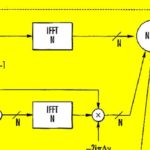
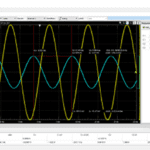
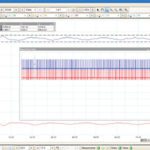
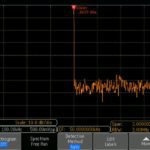
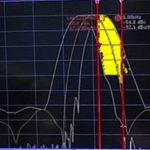

Leave a Reply
You must be logged in to post a comment.